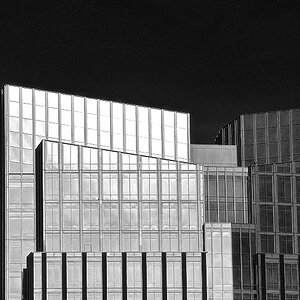Hello,
I need to buy a camera that would help me take pictures of large furniture from a close distance. and in my budget range I found these two cameras
Lense 25-300mm. -
Panasonic Lumix DMC-TZ6 or
Panasonic Lumix DMC-TZ7 or
lense 26-676mm - Olympus SP-590 UZ
Basically I would go for a panasonic only for the size and the great reviews, but if there is such a big difference in performance from the different size of their lenses, then I would go for the olympus as I need good photos.
Could someone give me a hint? I have no idea about lenses or how to pick a camera based on the wide angle needs....
Thank you !
I need to buy a camera that would help me take pictures of large furniture from a close distance. and in my budget range I found these two cameras
Lense 25-300mm. -
Panasonic Lumix DMC-TZ6 or
Panasonic Lumix DMC-TZ7 or
lense 26-676mm - Olympus SP-590 UZ
Basically I would go for a panasonic only for the size and the great reviews, but if there is such a big difference in performance from the different size of their lenses, then I would go for the olympus as I need good photos.
Could someone give me a hint? I have no idea about lenses or how to pick a camera based on the wide angle needs....
Thank you !


![[No title]](/data/xfmg/thumbnail/39/39291-a89dc472765e04f66f617dd9acc8030d.jpg?1619738958)
![[No title]](/data/xfmg/thumbnail/41/41862-7cc80b10f9effd079847b9dd210dbe2a.jpg?1619739925)







